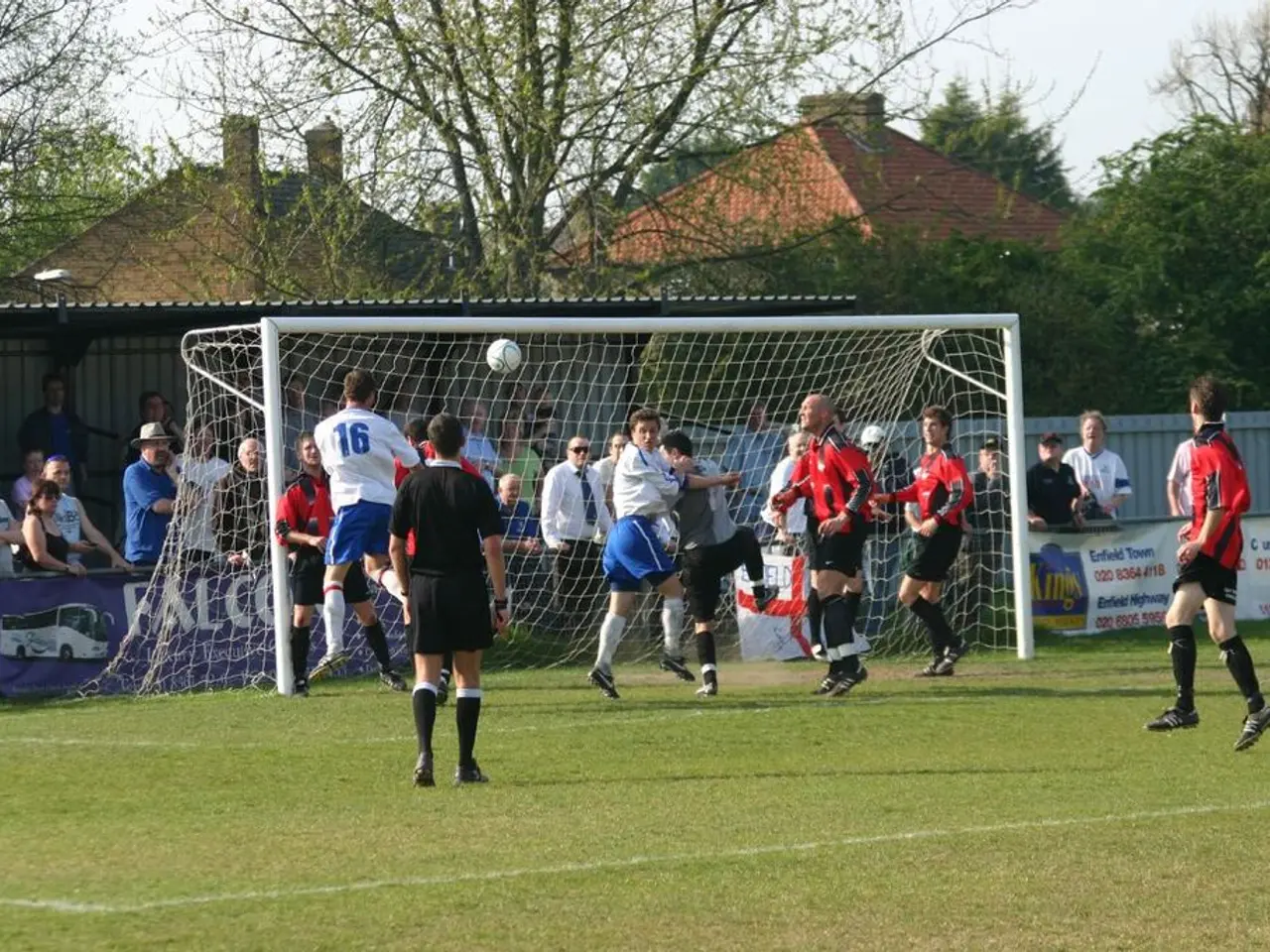Goal Scoring Mishap in World Cup Leads to Unexpected Consequences
The 2018 FIFA World Cup in Russia saw a significant increase in own goals compared to previous tournaments, breaking the record set in 1998 with 12 own goals. This rise can be attributed to various factors related to the style and pace of play, defensive pressure, and tactical shifts at the highest level of international football.
One of the key reasons for the surge in own goals was the increase in attacking intensity and speed. The 2018 World Cup showcased faster, more direct attacking play, which increased pressure on defenders. This pressure often led to hurried clearances or mistakes, resulting in own goals.
Another factor was the high defensive line and pressing tactics employed by many teams. While effective in regaining possession quickly, this sometimes exposed defenders to risks in tight spaces, increasing the chance of miscommunication or deflections causing own goals.
Teams also increasingly used innovative set-piece tactics, which created confusion in defensive walls or penalty areas, sometimes leading to own goals. The high-stakes matches of the World Cup can cause momentary lapses in concentration or rushed clearances under stress, contributing to the increase in own goals.
In the Morocco-Iran match on June 15, 2018, substitute Aziz Bouhaddouz scored an own goal in stoppage time, resulting in a 1-0 loss for Morocco. The own goal was a result of Bouhaddouz attempting to clear the ball away from his own goal but deflecting it the wrong way.
Despite the unfortunate turn of events, both teams displayed sportsmanship. Iranian players showed understanding and acknowledged the own goal as simply part of the game. Bouhaddouz was seen weeping and being consoled by his teammates after the match.
The record for own goals in the World Cup could be shattered in future tournaments as tactical trends continue to evolve, with faster, more pressing play becoming the norm. However, it's important to remember that the World Cup is the most pressure-packed event for a soccer player, representing their country at the tournament. Mistakes are bound to happen under the mental weight and physical pressure of the World Cup.
The most famous own goal in World Cup history was scored by Colombia's Andrés Escobar in a match against the U.S. in 1994. Tragically, Escobar was murdered ten days after the match, and the circumstances surrounding his death are still unclear, with some suggesting it was related to bets gone bad because of the own goal and others suggesting it was a bar fight.
As the World Cup continues to captivate audiences worldwide, own goals will undoubtedly remain a part of the game, serving as a reminder of the pressure, intensity, and unpredictability that comes with the beautiful game.
The 2018 FIFA World Cup's increase in own goals could be a consequence of the tactic shift towards faster, more direct attacking play, which heightens pressure on defenders and exposes them to potentially costly mistakes. Moreover, the persistent use of high defensive lines and pressing tactics, while effective for regaining possession, also increases the possibility of miscommunication or deflections leading to own goals.







